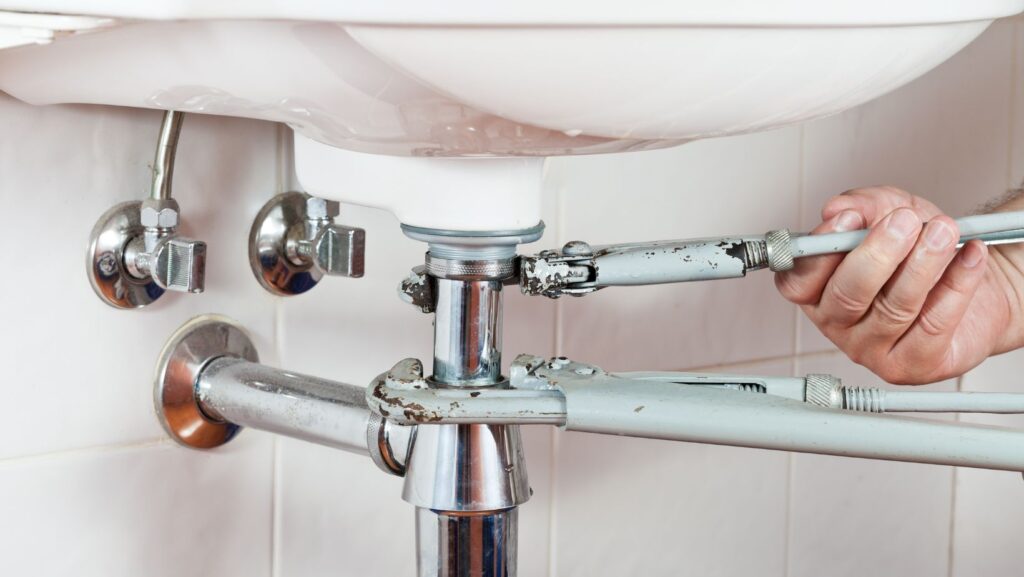Ever wondered why your business isn’t making as much profit as you’d expected? You’ve probably overlooked a crucial factor – repairs and maintenance expenses. These costs, often hidden in the shadows of your financial statements, can significantly impact your bottom line.
In this article, I’ll delve into the nitty-gritty of repairs and maintenance expenses, shedding light on their importance and how they can affect your business’s financial health.
Repairs And Maintenance Expense
In financial accounting, it’s crucial to grasp the concept of repairs and maintenance expenses. This term describes any costs incurred when maintaining or fixing assets of a company. These assets can range from structures, like office buildings and warehouses, to equipment such as machinery or vehicles. Consistent allocation for these expenses ensures the optimum functioning of an entity’s operations. For instance, allocating a budget for these expenses mitigates the risk of machinery breakdowns which could interrupt the workflow.

Regular analysis of repair and maintenance costs also aids in financial planning by providing insights into the pattern of expenses. It helps identify if the costs are rising, steady, or decreasing over an extended period. By monitoring these trends, businesses can project future expenditures and adjust budgets accordingly.
Repairs and maintenance expense could vary greatly among businesses, depending on factors like the nature of the business, its size, location, and the age of its assets. However, understanding these costs remains a common responsibility for all businesses desiring optimal financial health. Annual rating of these expenses serve as preventive measures in averting unforeseen financial shocks. As such, they’re an integral tool in successful financial management.
The Impact on Business Financials
Repairs and maintenance expenses heavily influence business finances. They directly affect a company’s profit margins, given that these are operational costs subtracted from revenues. For instance, if a manufacturing company spends $50,000 annually on machinery maintenance, this sum is deducted from the firm’s total income to calculate net profit. Unforeseen major repair costs can lead to significant financial setbacks, thereby underscoring the importance of routine asset maintenance and financial allocation for such tasks.
However, businesses must remember that while vital, excessive repair and maintenance expenses can signify inefficient operations or outdated assets. This highlights the importance of balancing ongoing maintenance with potential asset replacement and the corresponding financial implications. It’s key for businesses to keep an eye on these expenses, carefully track them and strategize on how to effectively manage them to impact the firm’s financials positively.
Planning for Repairs and Maintenance

Planning for repairs and maintenance uniquely challenges businesses. An important aspect of this planning process involves budgeting for these expenses. By setting aside a specific fund for repair and maintenance, such as 1-3% of a building’s initial cost annually, for instance, facilitates easy tracking and control over these expenses.
Predictive and preventive measures form the cornerstone of strategic planning. Regular inspections, for example, help predict potential problems and prevent costly emergencies. Understanding the life cycle of different assets lets businesses anticipate when replacements might prove more economical than continued maintenance.
Lastly, procuring high-quality assets, although initially expensive, can be cost-effective in the long run and offer better durability. High-end machinery, for example, typically necessitates fewer repairs and lower maintenance costs, underlining the importance of investing wisely.
Tax Implications of Repairs and Maintenance Expenses
So, we’ve learned that repairs and maintenance expenses aren’t just about fixing things when they break. They’re a strategic part of financial planning that helps keep businesses viable in the long run. We’ve seen how effective planning, from budgeting to preventive measures, plays a key role in this process. It’s also clear that staff training and investing in high-quality, durable assets can make a significant difference. But remember, it’s all about balance. Overdoing it could lead to unnecessary expenses, while undergoing it could result in operational disruptions. The goal is to strike the right balance for your business to ensure its financial health and long-term sustainability.

